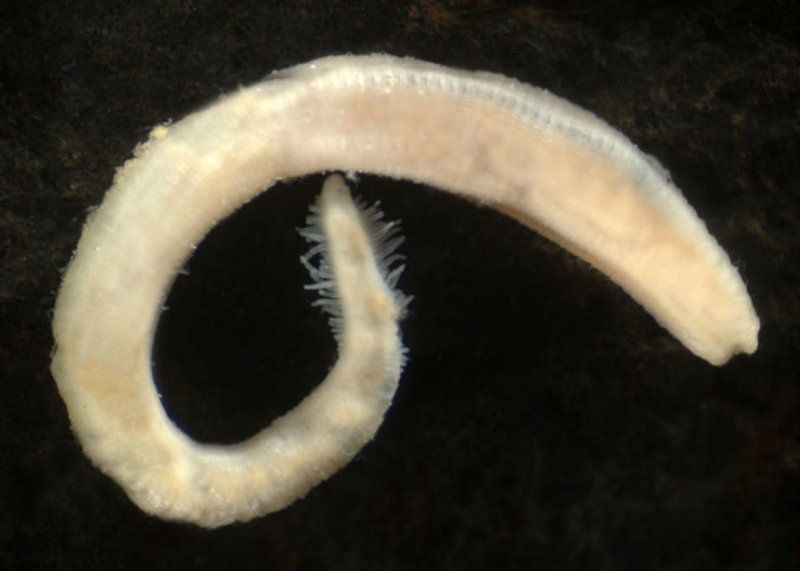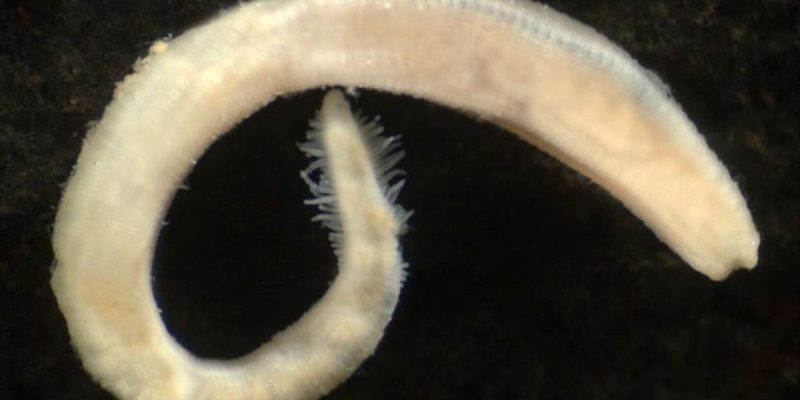
So, if you’re thinking about getting into freshwater oligochaete identification, you’re in for a challenge. Imagine trying to describe a book you’ve just read, but you can’t remember the title or the author. That’s what it can feel like when you’re knee-deep in a stream, hoping to find that elusive oligochaete just as it slips between the leaves or mud. This article will take you on a journey through the challenges of spotting these fascinating creatures, helping you navigate their world more confidently.
What Are Freshwater Oligochaetes?
Okay, let’s break it down. Freshwater oligochaetes belong to a class of annelids, which are long, segmented worms. You might recognize some related species, like earthworms. However, oligochaetes prefer the aquatic environment, making them essential indicators of water quality and health. Typically, they thrive in muddy or sandy substrates, feasting on decomposing organic matter.
You might be wondering why these little guys matter so much. Well, oligochaetes help aerate sediments and recycle nutrients, which keeps the ecosystem balanced. Plus, their presence can signal the overall health of the water body. It’s like having a natural water quality monitor right at your feet!
Getting Familiar: The Diversity of Oligochaete Species
There are hundreds of oligochaete species out there, making identification feel overwhelming at first. Some common examples include the *Lumbriculus variegatus*, also known as the mudworm, and *Tubifex tubifex*, known for its segmented body and preference for polluted waters. They can vary significantly in shape, size, and color, leading to quite a bit of confusion during fieldwork.
The diversity extends beyond just appearance. Some species prefer the high oxygen levels found in fast-moving waters, while others are more tolerant of low-oxygen environments. You might encounter them in a pristine lake or a muddy ditch—healthy oligochaete populations often indicate good water quality.
Visual Identification: The Challenge of Size and Appearance
When you’re out in the field, spotting a freshwater oligochaete can feel like searching for a grain of sand on a beach. They’re often less than an inch long, and their bodies can blend seamlessly with the surrounding mud or gravel. Their colors can range from reddish-brown to greenish shades, which makes them even harder to distinguish.
Another challenge lies in their physical characteristics. Oligochaetes typically have a smooth, elongated body with few visible details. Some species have bristles, while others have more pronounced features like a clitellum (a thickened, glandular section). Without getting too technical, these small differences matter a lot. If you don’t know what to look for, you may overlook critical identification markers.
Environmental Aspects: Where They Live Matters
When it comes to identifying freshwater oligochaetes, the environment can tell you a lot. They tend to inhabit areas rich in organic material, like decaying leaves or sediment at the bottom of water bodies. Remember, they’re not just floating around in the water; they’re crawling through the muck.
Here’s the thing: different species prefer specific environments. For instance, some oligochaetes thrive in low-oxygen conditions and are often found in polluted water. Others flourish in clean, flowing streams. By understanding the habitats you’re exploring, you can narrow down which species you might encounter. This environmental context is crucial for successful identification.
Tools of the Trade: What You Need for Field Identification
If you’re serious about spotting freshwater oligochaetes, you’ll want to come prepared. Here’s a quick rundown of essential tools:
- Hand Lens: A simple magnifying glass can help you spot tiny details.
- Field Guide: Invest in a good field guide specific to your region. It’s like having an expert right in your pocket.
- Collection Jar: Use a small container to collect samples for closer examination later.
- Net: A fine mesh net can help you gather oligochaetes without damaging them.
- Field Notebook: Keep track of locations, conditions, and any oligochaete sightings.
Having the right tools can make a world of difference. Picture yourself at the edge of a stream, armed with a hand lens and field guide. It’s not just about spotting the oligochaete; it’s about understanding its world.
Common Mistakes: What Not to Do
Even experienced naturalists can trip up when trying to identify freshwater oligochaetes. Here are some common pitfalls to avoid:
1. Ignoring Habitat: Always consider where you find the oligochaete. Some may look similar, but their habitat can give vital clues.
2. Rushing the Identification: No one wants to spend hours in the field looking for a worm, but taking a moment to observe is essential. Quick glances won’t cut it here.
3. Neglecting Variability: Remember, not all individuals of a species look the same. Factors like age, environment, and physical condition can affect appearance.
These mistakes can lead to misidentification and affect research or conservation efforts. Taking your time is vital.
Spotting freshwater oligochaetes can be challenging, but it’s also incredibly rewarding. Each oligochaete carries a story, offering insights into the health of our freshwater ecosystems. So, the next time you’re by the water, take a moment to channel your inner detective. Armed with the right knowledge and tools, you can begin to appreciate these tiny, often overlooked creatures.
By understanding their environment, characteristics, and importance, you’re not just spotting worms; you’re connecting with the broader ecosystem and contributing to its preservation. Happy oligochaete hunting!

